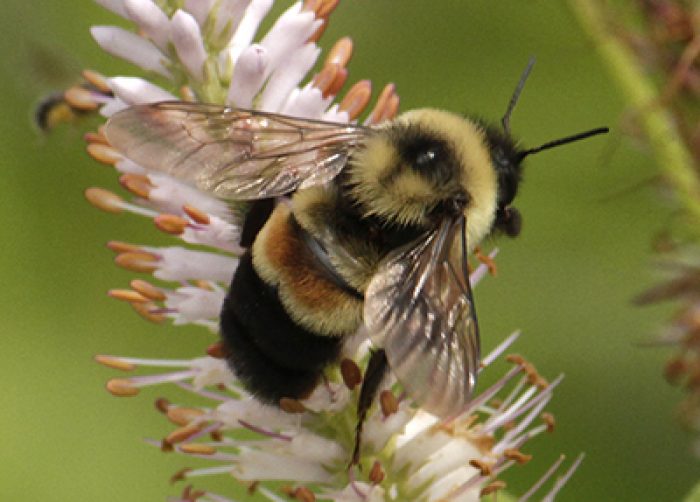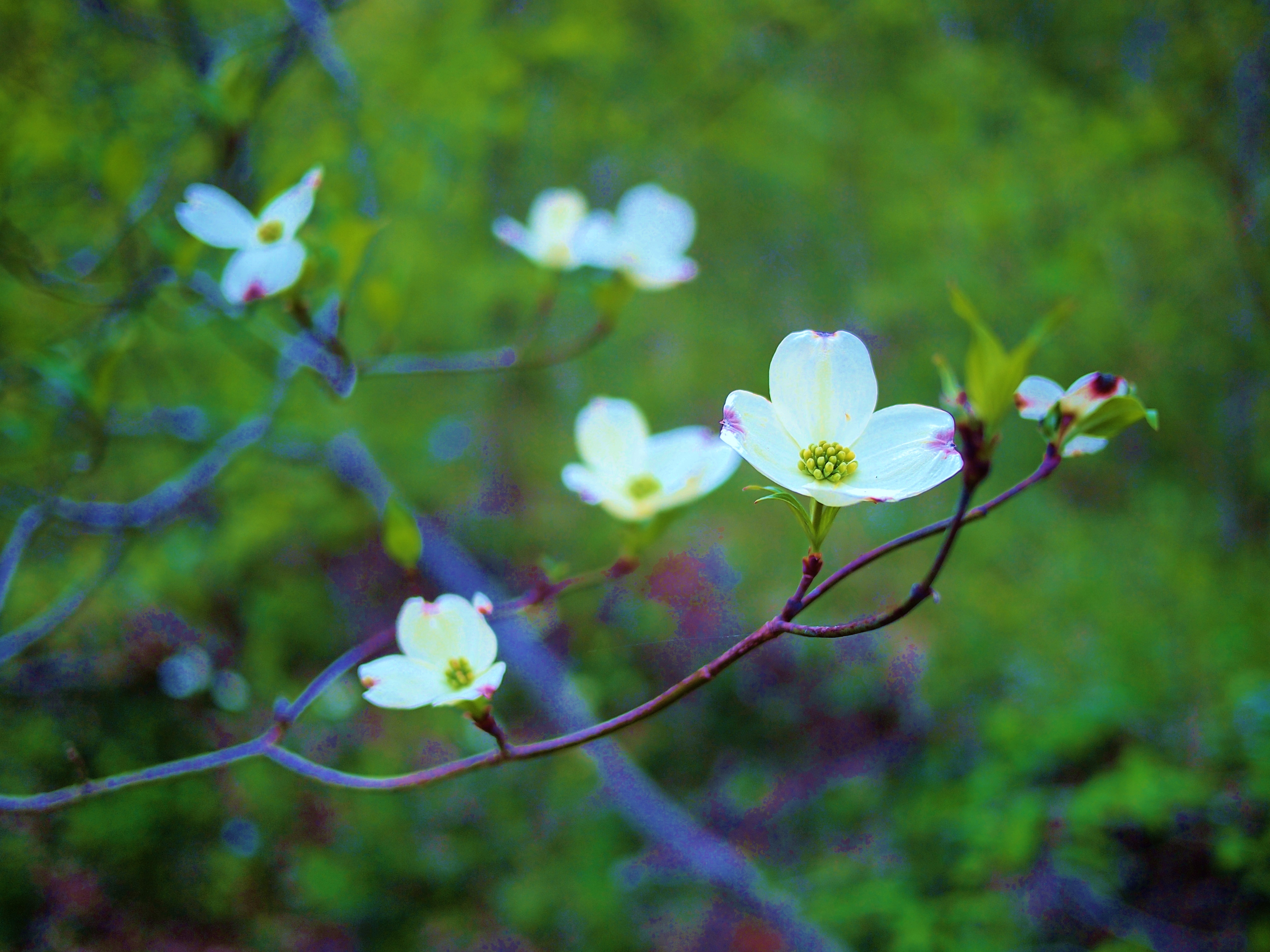
On August 31, 2020, the U.S. Fish and Wildlife Service released a statement that habitat for the endangered rusty patched bumble bee does not warrant the designation of critical habitat. After surveys of the rusty patched bumble bee found its populations had declined by nearly 90 percent, the species was listed as endangered in 2017. The bee was historically found in 31 states and provinces from Connecticut to South Dakota; now, only ten states and one Canadian province provide suitable habitat for the rusty patched bumble bee.
Scattered populations occur in IL, IN, IA, ME, MA, MN, OH, VA, WV, WI, and Ontario, Canada.
“The designation of critical habitat plays a very specific role in species recovery and is prudent when a species’ recovery is dependent on specific habitat elements it needs to survive,” said Lori Nordstrom, assistant regional director for Ecological Services in the Service’s Great Lakes region. “As a habitat generalist, the rusty patched bumble bee can find the habitat it needs in a variety of ecosystems, including prairies, woodlands, marshes, agricultural landscapes and residential parks and gardens, all of which are abundant across the bee’s range.”
Since 2017, the Service has been gathering information on the bee and has found that the primary limiting factor for the species is not its habitat. This finding factored into their decision that the critical habitat designation was not prudent at this time. Additionally, the Service developed priority zone maps that focus on conservation activities in essential habitat areas. These maps will aid in colony loss prevention and provide educational benefits to increase the public’s understanding of the rusty patched bumble bee and its protection and management needs. Greater public awareness will help avert unintentional harm to the bee.
A recovery plan the Service recently drafted outlines measures that can slow the decline of the bee and aid in its recovery. These actions include protecting existing populations and addressing threats from disease, pesticide use, and climate change. Learn more about these efforts here.


